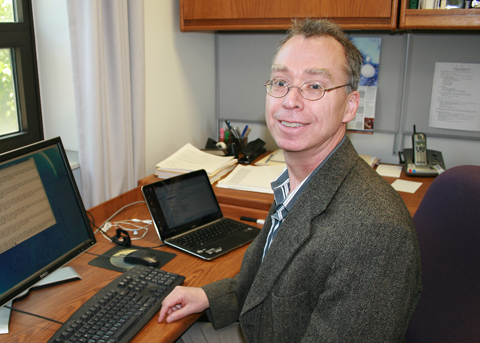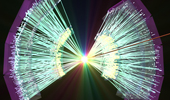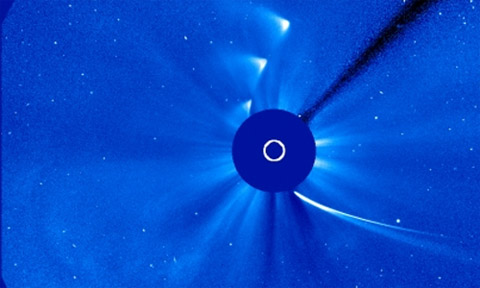“Imagine the following: A supernova explodes in the neighborhood of our solar system more than 2 million years ago, sending out a cloud of dust that eventually reaches Earth,” writes Dr. Kenneth Hicks, Professor of Physics and Astronomy, in the July 14 Columbus Dispatch.
Would there be evidence of this in fossils from this era? That is exactly what was claimed at a recent meeting of the American Physical Society by Shawn Bishop, a scientist working in Germany.
A supernova occurs when a large star has exhausted its fuel and succumbs to gravity, collapsing in on itself. When this happens, many nuclear reactions take place, resulting in a large release of energy along with radioactive atoms spewed from the explosion.
From Earth, a supernova appears as the sudden brightening of a previously dim star. That star might shine brighter than all other stars in the galaxy for a period of days or weeks. That is the optical signature of a supernova.
We won’t see the cloud of dust, called a nebula, for many years.
If a supernova occurred close enough to our solar system, say within a few hundred light-years, it is possible that Earth could drift through the supernova’s dust cloud.
Read the entire article. Hicks teaches in Ohio University’s College of Arts & Sciences.




















Comments